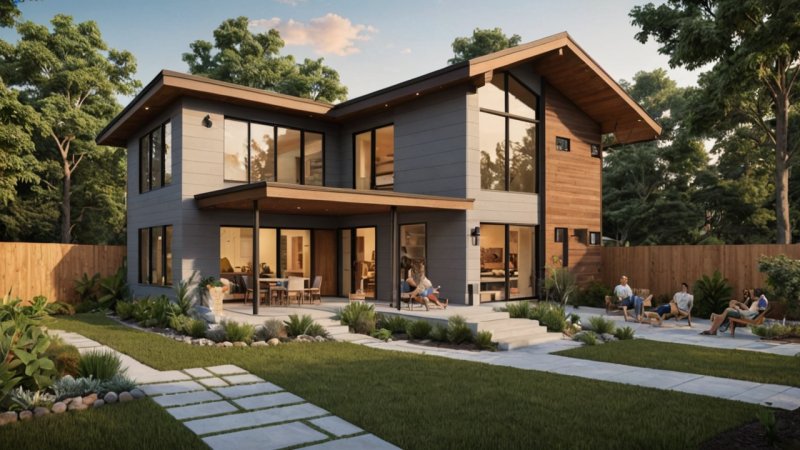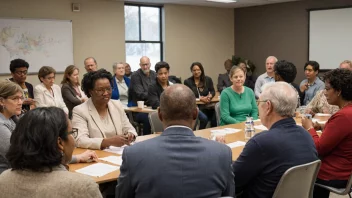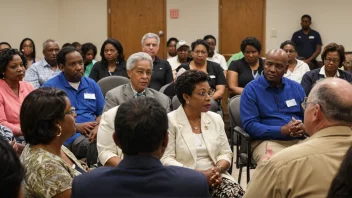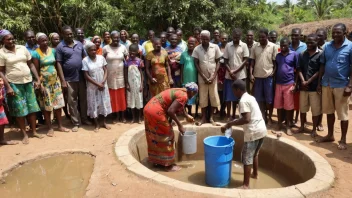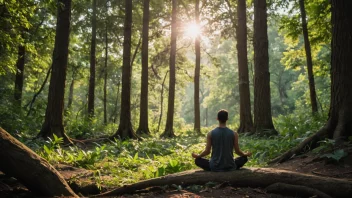In an ever-changing world marked by increasing natural disasters, the need for disaster-resilient homes and communities has never been more pressing. As climate change continues to escalate the frequency and severity of storms, floods, and wildfires, it becomes imperative for individuals, communities, and policymakers to prioritize strategies that enhance resilience. This article outlines actionable steps that can be taken to build disaster-resilient environments, ensuring safety and sustainability for future generations.
1. Understanding Vulnerabilities
The first step in building disaster resilience is understanding the specific vulnerabilities of your community. This involves assessing the risks posed by natural disasters like hurricanes, earthquakes, or floods. Communities can conduct surveys, engage with local experts, and refer to historical data to identify their unique challenges. By understanding the local geography, infrastructure, and social dynamics, residents can better prepare for potential disasters.
2. Incorporating Sustainable Design
Incorporating sustainable design principles into home construction is crucial for disaster resilience. This includes using materials and techniques that can withstand extreme weather conditions. For example, homes built with reinforced concrete can better endure high winds and flooding. Additionally, elevating structures above flood levels and designing roofs to withstand heavy snow or rain can significantly reduce damage. Communities can also promote green building certifications that encourage sustainable practices.
3. Community Engagement and Planning
Building disaster resilience is not just about individual homes; it requires a collective effort. Community engagement is vital for developing comprehensive disaster preparedness plans. Local governments should facilitate workshops and forums where residents can voice their concerns and contribute to planning efforts. Establishing community response teams can also empower residents to take an active role in disaster preparedness and recovery efforts.
4. Investing in Infrastructure Improvements
Robust infrastructure is the backbone of disaster resilience. Communities should invest in upgrading critical infrastructure such as roads, bridges, and drainage systems to withstand severe weather events. Implementing green infrastructure solutions, like permeable pavements and natural waterways, can help manage stormwater and reduce flooding risks. Additionally, retrofitting older buildings to meet modern safety standards can protect lives and property during disasters.
5. Educating and Training Residents
Education and training are essential components of disaster preparedness. Communities should provide resources and workshops to teach residents about emergency preparedness, first aid, and evacuation routes. Creating educational materials that highlight the importance of disaster resilience can inspire action and motivate individuals to take responsibility for their safety. Regular drills and simulations can also ensure that residents are familiar with emergency procedures, ultimately saving lives during a disaster.
In conclusion, building disaster-resilient homes and communities is a multifaceted endeavor that requires understanding vulnerabilities, incorporating sustainable design, engaging with the community, investing in infrastructure, and prioritizing education. By taking these steps, individuals and communities can not only protect themselves from the impacts of disasters but also create a more sustainable and harmonious living environment for future generations.
